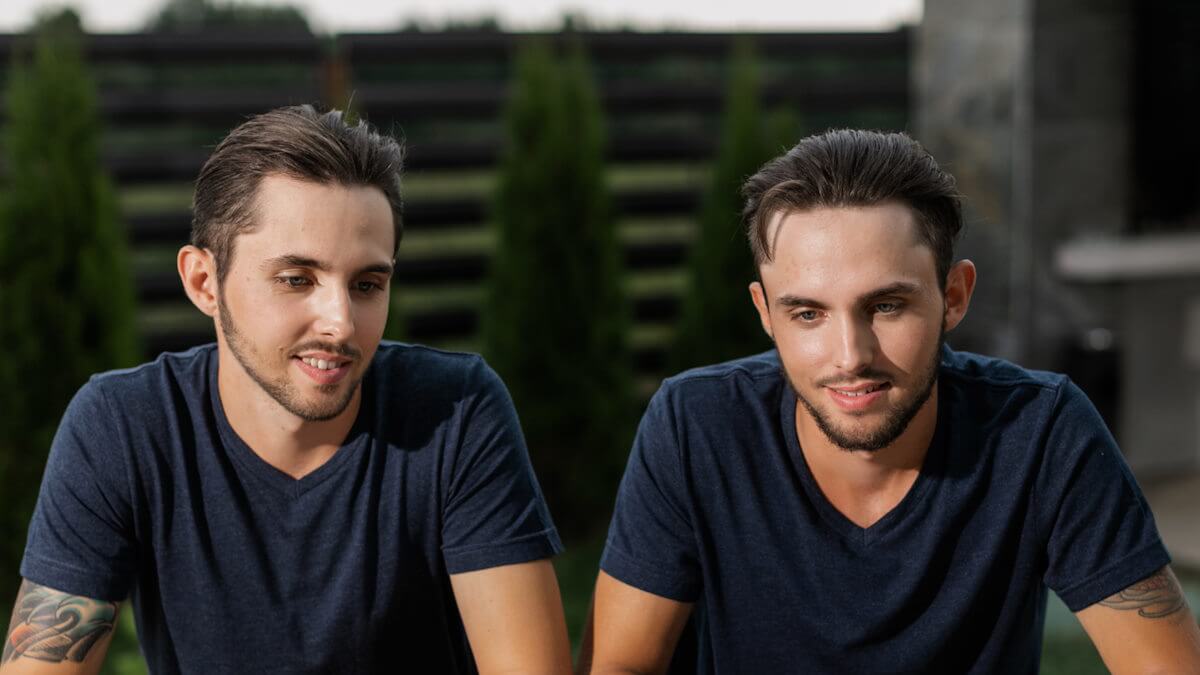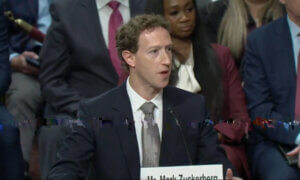In the era of technological advancements, biometric identification is becoming the standard in various aspects of our lives, including travel. Passports, once simple booklets filled with stamps and personal details, now include advanced biometric features of their holders. While biometric passports’ benefits are clear, some might start looking for their blind spots.
Perhaps that’s why some began to wonder: can modern systems differentiate between two seemingly identical faces? And would it be possible for twins to exchange biometric passports with each other?
Real-life incidents
A while ago, the Wade Twins, famous TikTokers (@thewadetwins), decided to check if they could go through a security check at the airport after exchanging each other’s passports. They posted a TikTok on this, which shows how they manage to go through the airport system without it recognising that they are not, in fact, using their own passports. In the comments, many people say that they, or someone they know, did a similar thing in the past.
Some comments, though, say that the twins didn’t actually swap passports. The brothers didn’t say anything suggesting that their TikTok was real – it’s unclear whether the Wade Twins actually exchanged passports.
There is, however, a proven case of twins getting away with swapping passports – and they did it more than 30 times! Of course, they got caught eventually – that’s how we know they were successful before. The Zhou Sisters – twin sisters from China – started exchanging passports when one of them was repeatedly denied a Japanese visa that she needed for her trip. They later travelled between China, Japan, Russia, and Thailand with each other’s passports. Eventually, Chinese authorities caught onto their scheme, so the sisters didn’t avoid legal consequences.
So, how was that possible?
Breaking down biometric passports
Despite their similarity, twins are never entirely identical. To understand how such identity swaps could have happened, it’s essential to understand what visual and biometric information biometric passports include.
- Digital passport photo – a high-resolution photo that appears on the passport. It’s used for manual identification while comparing the photo in the passport with the passport holder’s appearance. Considering that some twins look exactly the same for the naked eye, it might be possible for twins to pass for each other during manual identification.
- Facial recognition data – what makes it different from a digital passport photo is that it involves a detailed analysis of the facial features, which are then converted into a numerical code. This code is stored in the passport’s chip. While twins might look very similar, there are subtle differences in their facial structures. Modern facial recognition systems are designed to detect these minute differences, making it harder for one twin to be misidentified as the other – but it is possible.
- Fingerprint data – every individual, including identical twins, has a unique fingerprint. The swirls, loops, and ridges on our fingers are shaped by a combination of genetics and environmental factors during fetal development. Thus, even though twins share a lot of genetic information, their fingerprints will differ.
- Iris scan data – a less common but highly accurate biometric feature. The iris patterns are unique to everyone. They are formed due to a mix of genetic and random developmental factors, ensuring that even identical twins can’t share the same iris pattern.
If all this data were always checked at the airports, using someone else’s passport – even a twin – would be nearly impossible. But does the airport staff really always check all that information?
How are passports checked at the airport?
The process of verifying a passport begins by confirming its validity, ensuring it isn’t expired and meets the destination country’s entry requirements. This initial validation often happens both upon entry to the airport and at the check-in counter.
A more rigorous examination takes place at immigration or customs. The goal is to check whether the traveller is the true passport holder. Sometimes, it’s only a visual check. As for biometrics, facial recognition is the most used method for identity verification in practical scenarios. Occasionally, it’s supplemented by fingerprint verification, depending on the country’s security protocols. Iris scans are less common and are usually reserved for higher-security applications.
The thing is, not all airports have advanced biometric systems. Sometimes, facial recognition is as far as the airport will go. Nearly identical twins might just get lucky and get away with their passport swap. Would you really doubt someone’s identity if they looked exactly like in the passport photo?
So – can twins “swap identities”?
It is possible for twins to use each other’s passports unnoticed if the customs officer checks only the digital passport photo. However, if any form of biometric verification is applied, especially fingerprint and iris scans, the chances of a successful swap drop significantly.
Still, it’s worth noting that passport fraud isn’t merely about passing the identity checks. Any attempt to deceive the authorities can lead to serious legal consequences, including fines, imprisonment, or bans from future travel to certain countries. Thus, the question isn’t just whether twins can swap passports but whether they should – and the answer is a clear no.
Also, biometric systems and facial recognition technologies are continually evolving. As we move towards a more interconnected and digital world, the emphasis on security and identity verification will only increase. Many countries are investing in improving their border control systems to ensure higher accuracy and to reduce human error. So, any loopholes that might exist today could be closed tomorrow.
Article contributed by Martyna Inkielman.
About the author: Martyna Inkielman is a content writer at ePassportPhoto – a service that allows you to take 2×2-inch photos for passports and visas. She enjoys writing about traveling and social media. In her free time, Martyna can be found exploring new cuisines, painting, or taking analog photos.
Follow TechTheLead on Google News to get the news first.



















